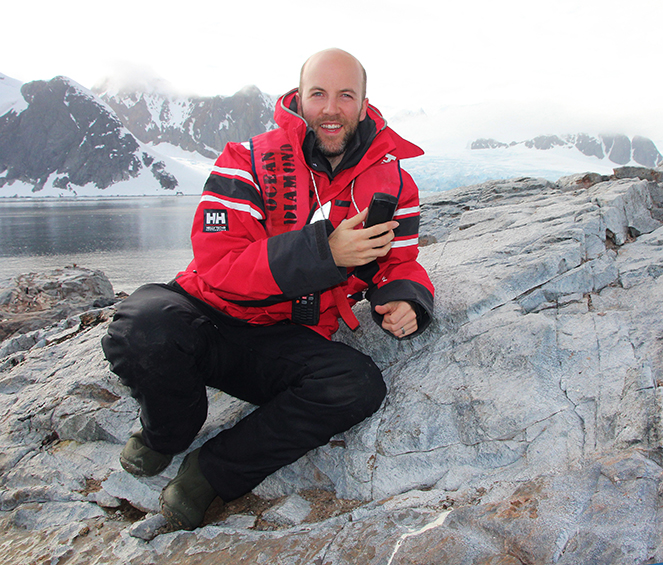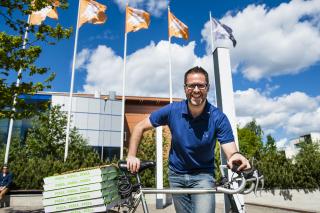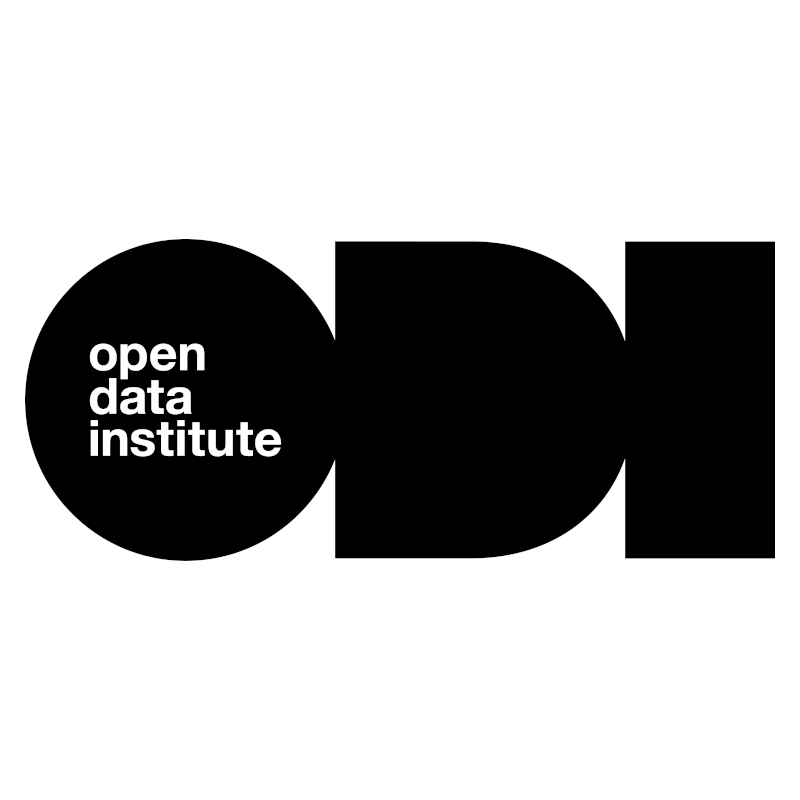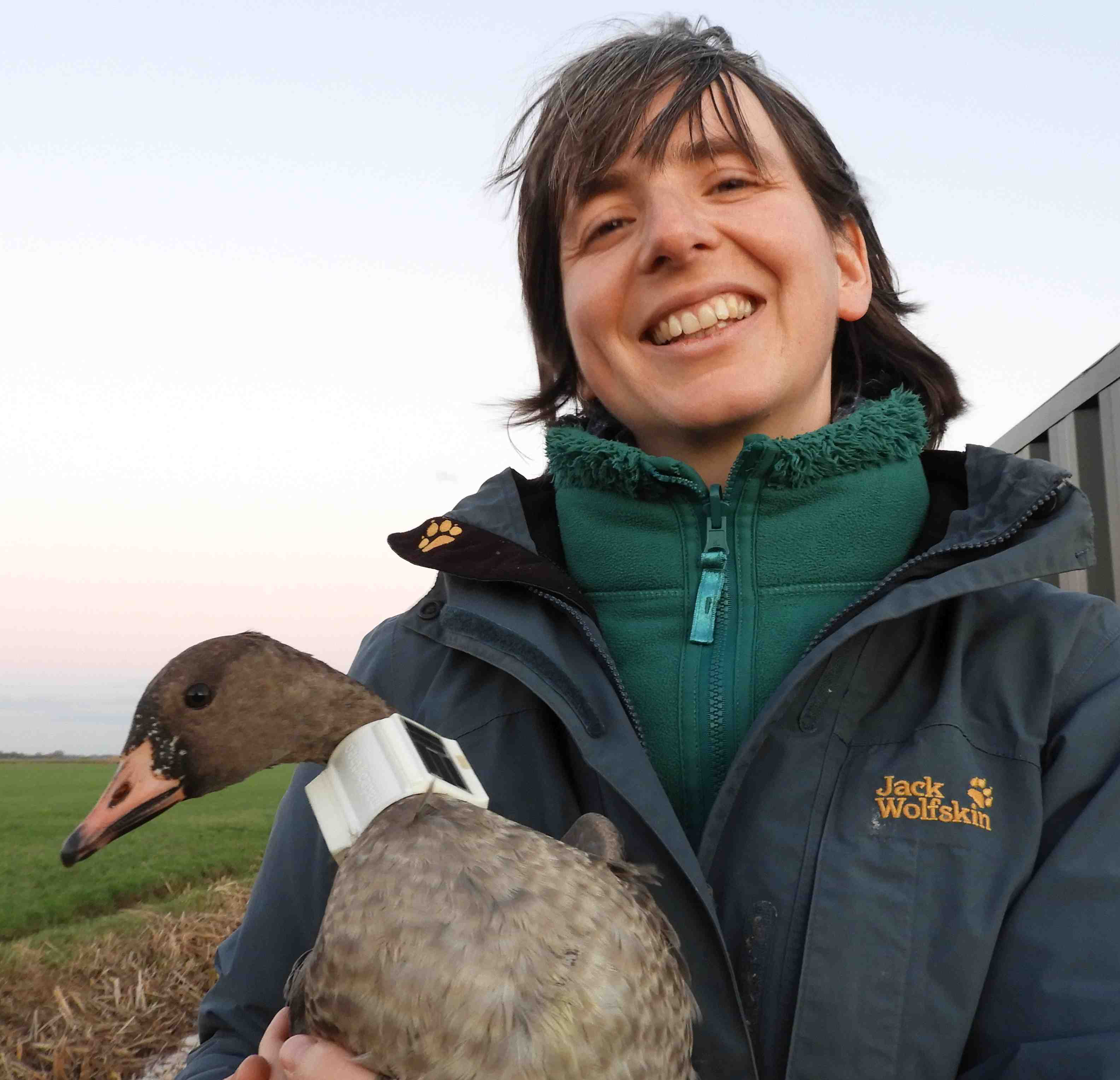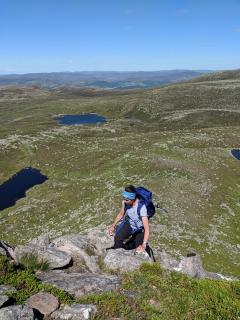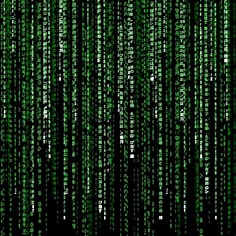With new technologies revolutionizing data collection, wildlife researchers are becoming increasingly able to collect data at much higher volumes than ever before. Now we are facing the challenges of putting this information to use, bringing the science of big data into the conservation arena. With the help of machine learning tools, this area holds immense potential for conservation practices. The applications range from online trafficking alerts to species-specific early warning systems to efficient movement and biodiversity monitoring and beyond.
However, the process of building effective machine learning tools depends upon large amounts of standardized training data, and conservationists currently lack an established system for standardization. How to best develop such a system and incentivize data sharing are questions at the forefront of this work. There are currently multiple AI-based conservation initiatives, including Wildlife Insights and WildBook, that are pioneering applications on this front.
This group is the perfect place to ask all your AI-related questions, no matter your skill level or previous familiarity! You'll find resources, meet other members with similar questions and experts who can answer them, and engage in exciting collaborative opportunities together.
Just getting started with AI in conservation? Check out our introduction tutorial, How Do I Train My First Machine Learning Model? with Daniel Situnayake, and our Virtual Meetup on Big Data. If you're coming from the more technical side of AI/ML, Sara Beery runs an AI for Conservation slack channel that might be of interest. Message her for an invite.
Header Image: Dr Claire Burke / @CBurkeSci

Explore the Basics: AI
Understanding the possibilities for incorporating new technology into your work can feel overwhelming. With so many tools available, so many resources to keep up with, and so many innovative projects happening around the world and in our community, it's easy to lose sight of how and why these new technologies matter, and how they can be practically applied to your projects.
Machine learning has huge potential in conservation tech, and its applications are growing every day! But the tradeoff of that potential is a big learning curve - or so it seems to those starting out with this powerful tool!
To help you explore the potential of AI (and prepare for some of our upcoming AI-themed events!), we've compiled simple, key resources, conversations, and videos to highlight the possibilities:
Three Resources for Beginners:
- Everything I know about Machine Learning and Camera Traps, Dan Morris | Resource library, camera traps, machine learning
- Using Computer Vision to Protect Endangered Species, Kasim Rafiq | Machine learning, data analysis, big cats
- Resource: WildID | WildID
Three Forum Threads for Beginners:
- I made an open-source tool to help you sort camera trap images | Petar Gyurov, Camera Traps
- Batch / Automated Cloud Processing | Chris Nicolas, Acoustic Monitoring
- Looking for help with camera trapping for Jaguars: Software for species ID and database building | Carmina Gutierrez, AI for Conservation
Three Tutorials for Beginners:
- How do I get started using machine learning for my camera traps? | Sara Beery, Tech Tutors
- How do I train my first machine learning model? | Daniel Situnayake, Tech Tutors
- Big Data in Conservation | Dave Thau, Dan Morris, Sarah Davidson, Virtual Meetups
Want to know more about AI, or have your specific machine learning questions answered by experts in the WILDLABS community? Make sure you join the conversation in our AI for Conservation group!
- @ryanhuang
- | He/Him/His
Conservation scientist based in Pretoria, South Africa
- 0 Resources
- 0 Discussions
- 6 Groups
- @jsstamn
- | She/her
PhD student at the University of Mississippi; research interests include predator/prey dynamics, particularly the landscape of fear in relation to species conservation. Rookie at using arduino
- 0 Resources
- 4 Discussions
- 5 Groups
Neuroscientist & engineer looking for a data/R&D role in conservation.
- 0 Resources
- 0 Discussions
- 17 Groups
I am a research scientist from the AI for Good Lab at Microsoft, working on AI applications in environmental science and ecology, including camera traps, bioacoustics, and overhead imagery.


- 1 Resources
- 7 Discussions
- 1 Groups
An Environmental sciences and Management graduate from SUA, passionate and eager to drive change to the Environment, making World a better place for present and future generations.



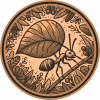

- 4 Resources
- 35 Discussions
- 14 Groups
- @hyodopenguin
- | she/her
I am currently a rising junior at UC Berkeley studying data science. I hope to apply data with biodiversity, especially by utilizing camera traps for species classification. People in conservation tech are truly living my dream careers, and I can't wait to get even more inspired!

- 0 Resources
- 5 Discussions
- 23 Groups
- @AngelikaNocon
- | she/her
I am a Nonprofit Relations Manager at Tech To The Rescue - a global platform connecting nonprofit organizations with tech companies.
- 0 Resources
- 3 Discussions
- 4 Groups
- @Slater
- | he/him
I am the Conservation Science Director at HawkWatch International, where I've worked since 2006. My work focuses mainly on conservation and research of Golden Eagles, including nesting, tracking, and winter ecology.

- 0 Resources
- 2 Discussions
- 4 Groups
Mobile developer w/ a passion for nature and conservation

- 0 Resources
- 16 Discussions
- 6 Groups
I'm a researcher in aquatic sciences, studying connections between fish biology and endocrine systems that govern growth and reproduction, contributing to fisheries management, conservation efforts and aquaculture innovations.
- 0 Resources
- 0 Discussions
- 5 Groups
- @christinebarry
- | she/her
- 0 Resources
- 0 Discussions
- 2 Groups
- 0 Resources
- 1 Discussions
- 4 Groups
Microbial fuel cells, developed by Plant-powered Camera Trap Challenge winners Plant-E, have been used successfully with Xnor.ai's energy harvesting camera technology to capture what are thought to be the world's first...
15 October 2019
In a first, UMass Amherst, Cornell use AI to mine big migration data on massive scale
9 October 2019
Rutgers University, Microsoft AI for Earth, Google Earth Outreach and San Diego Zoo Global are proud to announce the world’s first camera trap technology symposium, to take place November 7th and 8th at Google...
2 September 2019
Sharing failure, tech support for conservation, roaming mentors, conservation tech hype cycles and developing new road maps - participants in our tech workshops at ICCB 2019 shared an abundance of ideas for how to shape...
21 August 2019
In this case study, Cooper Oelrichs of Save Indonesian Endangered Species Fund (SIES) breaks down his proposal for the development and training of an automated rhino identification system from limited camera trap data.
27 July 2019
The WILDLABS TECH HUB is supporting technology solutions tackling the illegal wildlife trade, in collaboration with the Foreign & Commonwealth Office, Digital Catapult, Satellite Applications Catapult, Amazon Web...
4 June 2019
To further their missions, LDF and Microsoft are collaborating on the AI for Earth innovation grant to support applicants in creating and deploying open source machine learning models, algorithms, and data sets that...
4 June 2019
Traditionally, illegal wildlife trade thrived in physical markets. But today it has also moved online. In China, more than half of the trade in elephant ivory items happens on e-commerce platforms. Enrico Di Minin and...
31 May 2019
This webinar recording will provide a brief overview of current SMART functionality, highlight case studies of large scale and innovative SMART deployments, and detail how SMART is embracing and leveraging new...
21 May 2019
In February, we released an open call for the WILDLABS TECH HUB, offering 3 months of support for solutions using technolgy to tackle the illegal wildlife trade. We were overwhelmed by an incredible 37 submissions,...
13 May 2019
To realise the potential benefits of data for our societies and economies we need trustworthy data stewardship. We need to establish different approaches to deciding who should have access to data, for what purposes and...
15 April 2019
Happy World Wildlife Day! To celebrate, this week we've asked our community to share photos showing how they are using tech in the field or the lab, using the #Tech4Wildlife hashtag.
3 March 2019
June 2025
event
July 2025
October 2025
event
event
May 2023
event
event
73 Products
Recently updated products
16 Products
Recently updated products
| Description | Activity | Replies | Groups | Updated |
|---|---|---|---|---|
| Play FathomVerse: App Store | Google Play Join the Community: Discord | Instagram | TikTok | LinkedInStay up-to-date: ... |
|
Marine Conservation, AI for Conservation, Citizen Science | 1 month 3 weeks ago | |
| Really looking forward to following this project. I'm very curious how you'll be able to tease out different species, particularly among species that feature a variety of worker... |
|
Acoustics, AI for Conservation | 1 month 3 weeks ago | |
| I am interested in the use of Large Language Models (LLMs) for conservation, specifically in how they can be improved with Retrieval-... |
|
AI for Conservation | 1 month 3 weeks ago | |
| Yep see you on friday |
+3
|
Geospatial, Acoustics, AI for Conservation, Camera Traps, Citizen Science, Community Base, Data management and processing tools, Emerging Tech, Open Source Solutions, Protected Area Management Tools | 1 month 4 weeks ago | |
| Yep we are working on it 1/ segment 2/remote unwanted ecosytem3/get local potential habitat4/generate5/add to picture |
|
Geospatial, AI for Conservation, Data management and processing tools, Open Source Solutions, Software Development | 1 month 3 weeks ago | |
| All sound, would be nice if there were only 5, though! |
|
AI for Conservation, Citizen Science, Data management and processing tools, Emerging Tech, Ethics of Conservation Tech, Funding and Finance, Geospatial, Open Source Solutions, Software Development | 1 month 4 weeks ago | |
| I'm sure others here can comment better than I on models for classifying animal sounds, but from an ML pint of view, a key concern is getting enough data. 10 recordings does not... |
|
AI for Conservation, Animal Movement, Human-Wildlife Conflict | 2 months ago | |
| Hi WILDLABS Community,I’m Simon Juma from Kenya, working on a project to track and manage Red-billed Quelea birds, which... |
|
AI for Conservation, Sensors | 2 months ago | |
| Hi everyone, I’m excited to become a member of Wild Lab! I’m currently working on my master’s thesis, focusing on dormouse conservation. My research explores the behavioral... |
|
AI for Conservation, Animal Movement, Camera Traps, Citizen Science, Community Base, Data management and processing tools, Early Career, Geospatial | 2 months 1 week ago | |
| That's amazing thanks so much! |
|
Acoustics, AI for Conservation, Data management and processing tools, Early Career | 2 months 1 week ago | |
| Thanks again for the interesting discussion everyone! Just a note that while I touched on it in my opening post above, there were still questions in this thread about what... |
+28
|
Open Source Solutions, AI for Conservation, Ethics of Conservation Tech, Software Development | 2 months 2 weeks ago | |
| Thanks @VAR1 great insights! Funny you mentioned the honey thing, @hikinghack said the same in response on the GOSH forum. I think the point I'm trying to make with the vegan... |
|
Open Source Solutions, AI for Conservation, Conservation Tech Training and Education, Ethics of Conservation Tech, Geospatial, Software Development | 2 months 2 weeks ago |









